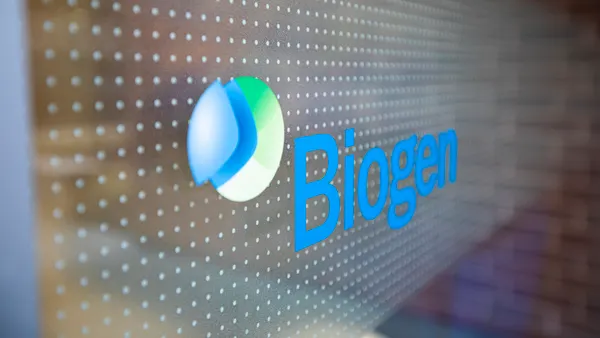The Paper Chase The paperless clinical trial has yet to come to fruition. According to a recent Forrester Research survey of 400 CRAs and CRCs, 97% of current data-capture practices are still done via paper, 50% are through remote data entry, 35% are through scanning/fax, 25% are Web-enabled, 22% are through voice-response systems, and 5% are through a PDA. Despite an adoption curve that has been called stubbornly slow by one of this month’s Forum experts, there is wide-spread agreement — at least intuitively — that the use of an electronic device or software application that allows direct data entry into an electronic format has the potential to reduce time and money within the drug-development process. Merck and Novartis, for example, are two top 10 pharmaceutical companies that have reported success with electronic systems. Merck has reported a 22% net savings on data-management costs (see related box on page on 12). For Novartis, using a Web-based EDC system has meant that the company experienced an 85% decrease in query rates, leading to a database lock in less than five days, compared with 16 weeks using conventional paper-based reporting. So why are most trials still done using paper-based systems? There are many reasons, according to experts. Pharma’s reputation for being conservative is well-deserved when it comes to giving up its tried-and-true paper processes. These processes may be slow, but they still get the job done. And these legacy systems have champions, who may not be eager to relinquish their territory to what some have called “gimmick” IT solutions. But, even as companies slowly begin to move beyond the pilot stage and use techology solutions for larger trials, according to Steve Chin, R.Ph., global pharmaceutical industry manager for the healthcare industry solutions group at Microsoft Corp., the EDC industry needs to establish a very quick win to break through the pharma companies’ languishing hesitancy. “The industry has been slow to adopt technology solutions, but this is not about technology,” says Robert Goodwin, director, clinical operations strategy at Pfizer. “We have to be comfortable with the technology, the infrastructure of a Web process, and the services provided to the investigator sites. But the integrity of the data is key; companies care about the data captured in the clinical trials.” Maintaining data integrity is one issue, another is the point of entry. “The next phase will be to simplify the data-entry requirements at the investigative sites,” says Tony Varano, founder and CEO of Document Solutions Group Inc. “Innovation in technology will allow for the development of EDC applications to replace current paper source requirements — folders and clipboards — with electronic tablets in a wireless Internet environment.” Just about all of the industry expects interviewed for this month’s Forum say pharma and biotech companies have to evaluate their internal clinical-trial processes before implementing an enterprisewide, automated data-capture system. “If EDC is viewed as the cornerstone of data collection and there is a system that integrates technologies to get a complete picture of the clinical trial, this becomes a very compelling argument for adoption,” says John Cline, CEO of etrials. “The next phase of EDC may involve an alternative to the way that data are captured,” says John H. Mackey, director of life sciences at Wingspan Technology Inc. “I would call it the direct-data capture method or the Nirvana of data capture.” Taren Grom Editor John Mackey Data capture is evolving. We have seen the process move from double-data entry to remote data capture to fax/OCR and most recently electronic data capture. There have been gains in each evolution that ultimately aided in improving quality, time, and/or cost.
An article from


Letter from the Editor
Filed Under:
Research & Development









